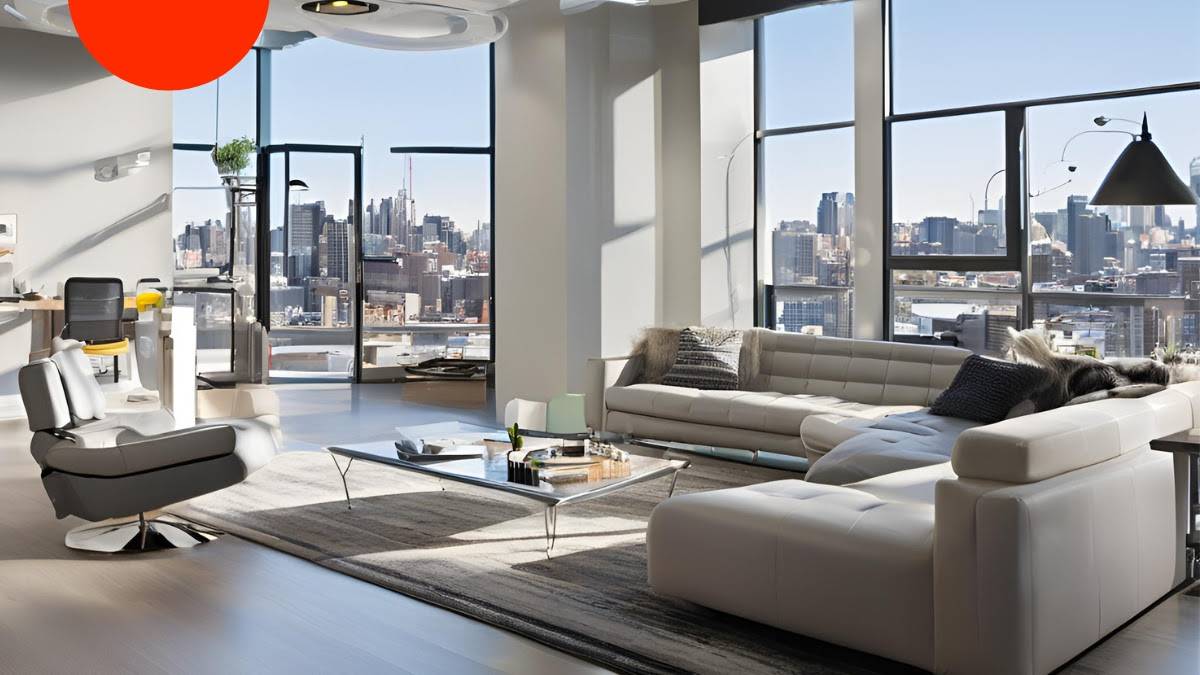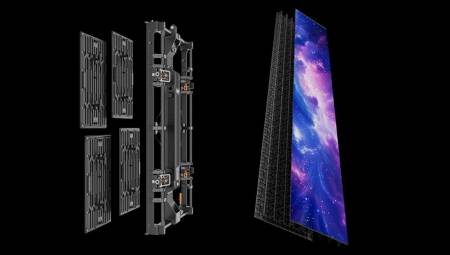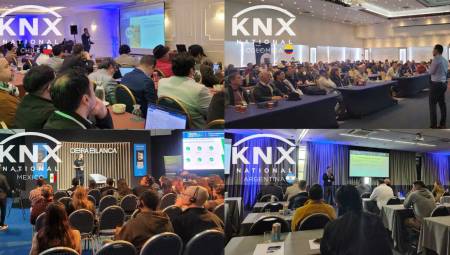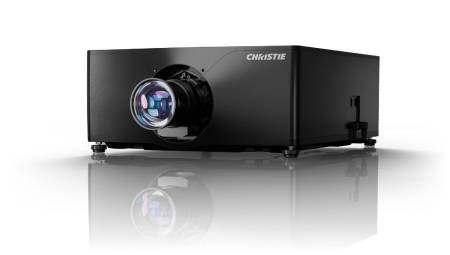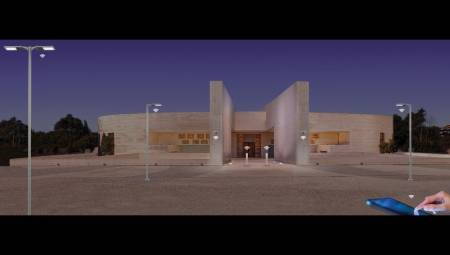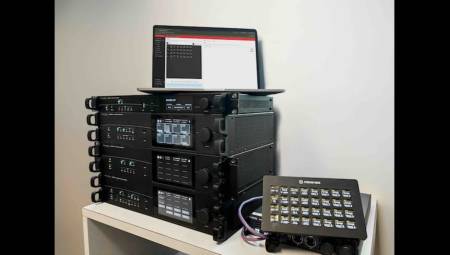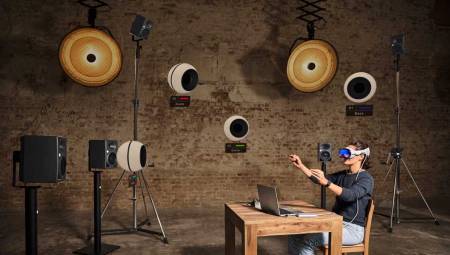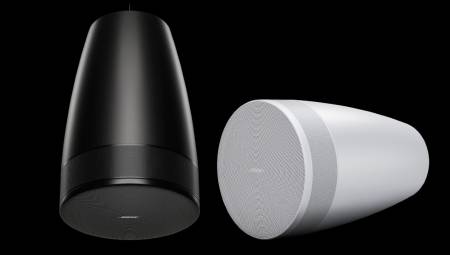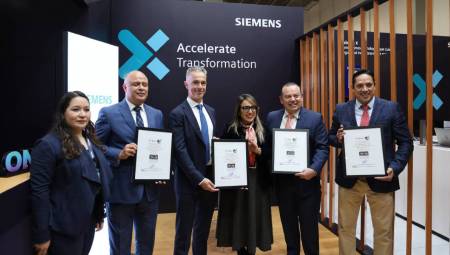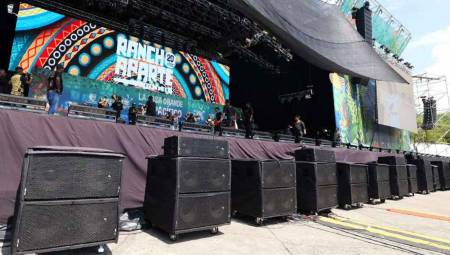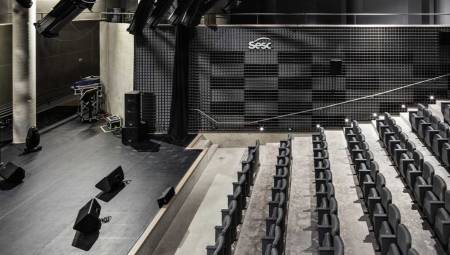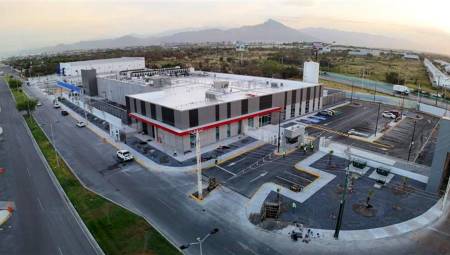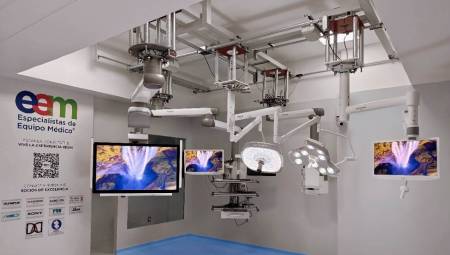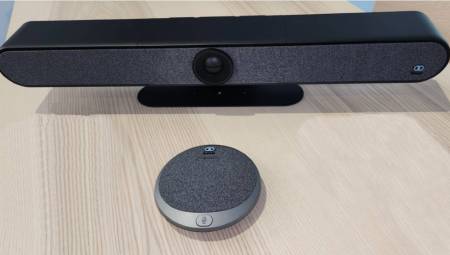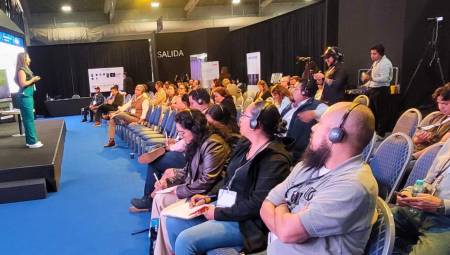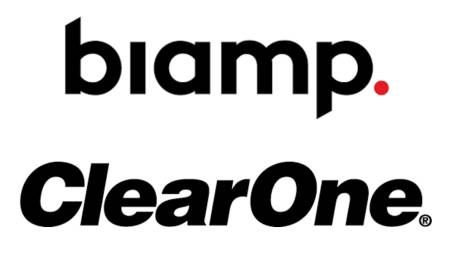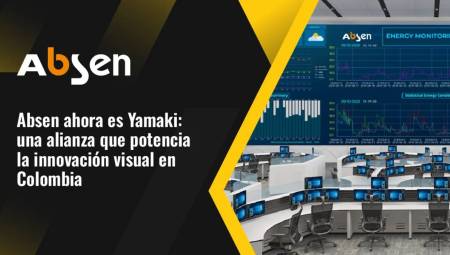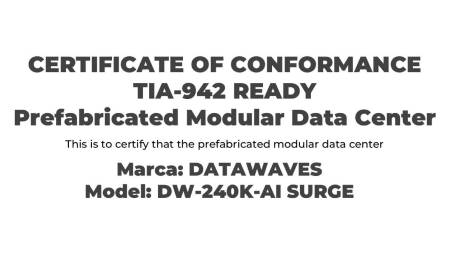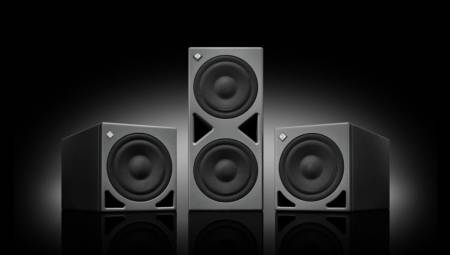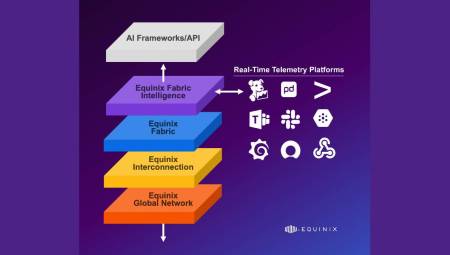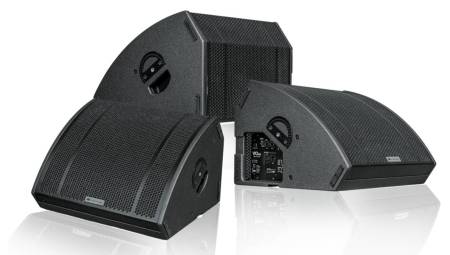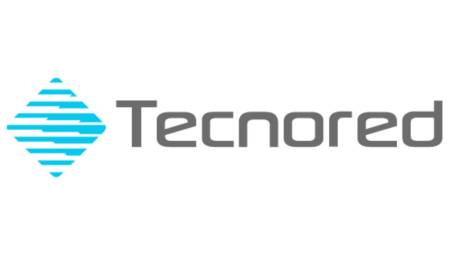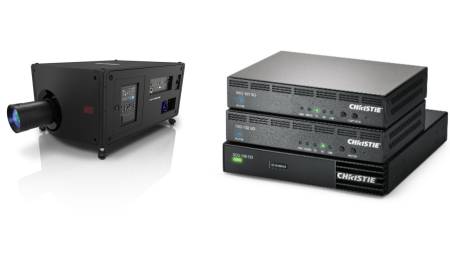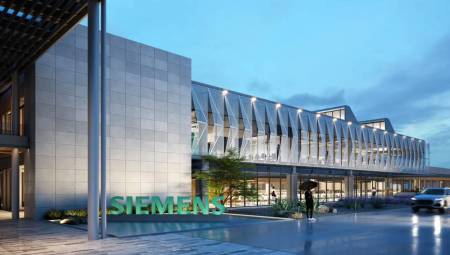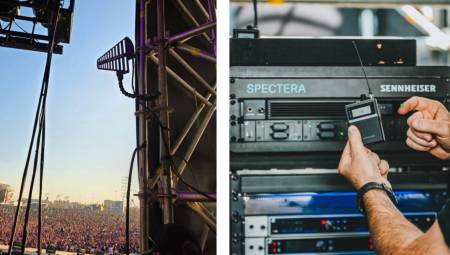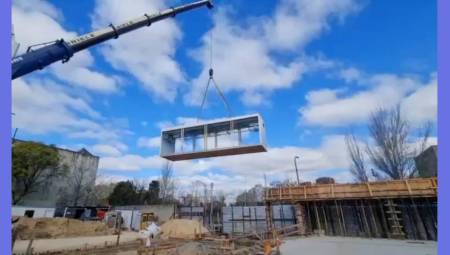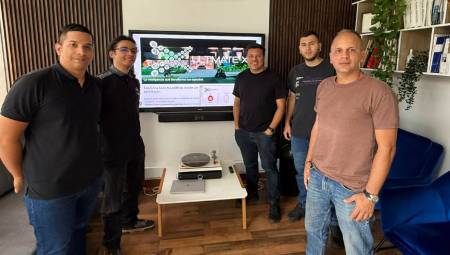Latin America. Imagine entering a building that knows when you arrive, adjusts the temperature for your comfort, optimizes energy use based on external weather conditions, and automatically controls lights based on the number of people in the room.
This is made possible by smart buildings, structures designed to be highly adaptable, which use advanced technologies to improve energy efficiency, comfort, safety, and resource use in buildings.
As cities evolve towards more advanced environments, smart buildings become key pieces in creating more efficient urban environments. Trane, a company dedicated to the creation of comfortable, sustainable and effective environments, highlights that these spaces optimize the use of resources, positioning themselves at the center of the technological revolution that seeks to promote connected cities and sustainable communities, where urban development is aligned with environmental responsibility.
According to a study by Grand View Research, the global smart building market is expected to reach $570 billion by 2030, with a compound annual growth rate of 28.5% between 2024 and 2030.
"Smart buildings represent the future of urban construction and management. Automation in these spaces allows for unprecedented energy efficiency and completely transforms the occupant experience," says Carlos García, general manager of Trane Mexico. He adds that "with smart sensors and centralized control platforms, we can anticipate and adjust building needs in real time, such as ventilation, air conditioning or lighting, depending on current use and external conditions. This reduces operating costs and minimizes environmental impact, aligning technology with the sustainability of our cities."
Energy efficiency in buildings, a global priority
A report by the International Energy Agency (IEA) reveals that the operation of buildings accounts for 30% of the world's final energy consumption and 26% of global energy-related emissions, where 8% are direct emissions in buildings and 18% indirect emissions derived from the production of electricity and heat used in these environments. Smart buildings can contribute to reducing these percentages, as by automating energy management, they can regulate temperature and ventilation more precisely.
For example, building management and automation systems can adjust HVAC based on the number of people in a space, the time of day, or external weather conditions. But controlling the internal climate isn't limited to simply turning the air conditioning on or off.
Thanks to artificial intelligence and IoT (Internet of Things), automation systems can predict the weather and adapt in real time to maximize effectiveness, which increases building performance, improves its lifespan and people's well-being. Likewise, today it is possible to have predictive data analysis that, in an automated way, can lead to actions that impact energy efficiency.
The Trane CEO believes that the integration of technological innovations is changing the landscape of building management, which has traditionally been a major consumer of energy. "Automation has allowed these constructions to adapt to the needs of users in real time, which has led to a significant improvement in energy efficiency in buildings."
These smart solutions go beyond managing individual rooms, they create connected environments, where the various building systems, such as HVAC technology, lighting systems and security, are integrated in a simple and intelligent way from an intuitive interface. They are able to learn the usage patterns of a building, adjusting temperature and ventilation based on occupancy and external conditions. This optimises the use of resources and improves air quality and user comfort.
Benefits of Building Automation Systems
The integration of smart systems enables energy-efficient buildings, and offers a number of key benefits:
Advanced energy analysis: With analysis tools and connected services, it is possible to monitor and analyze data from HVAC systems with the aim of obtaining sustainable results.
Improved occupant comfort: By adjusting temperature and air quality in real-time, these solutions improve user comfort, creating healthier and more pleasant indoor environments.
Reducing emissions: Optimizing energy use reduces carbon emissions, helping to make buildings more sustainable. As we mentioned before, building operations are responsible for a significant portion of global energy emissions.
Preventive maintenance and cost reduction: Smart HVAC systems can monitor their own condition, allowing preventive maintenance to be performed before failures occur. This improves the longevity of the system and reduces repair and maintenance costs.
Adaptability to renewable energy sources: Integration with clean energy allows HVAC technology to operate efficiently, using sustainable energy sources and further reducing the building's carbon footprint.
"As the world faces increasingly complex challenges related to sustainability, population growth and resource management, smart buildings are positioned as the backbone to create more efficient cities," says the Trane executive. "With automation at the forefront, we are taking an important step towards creating smarter cities and, at the same time, promoting more responsible urban development aligned with the environmental and social needs of the future."



